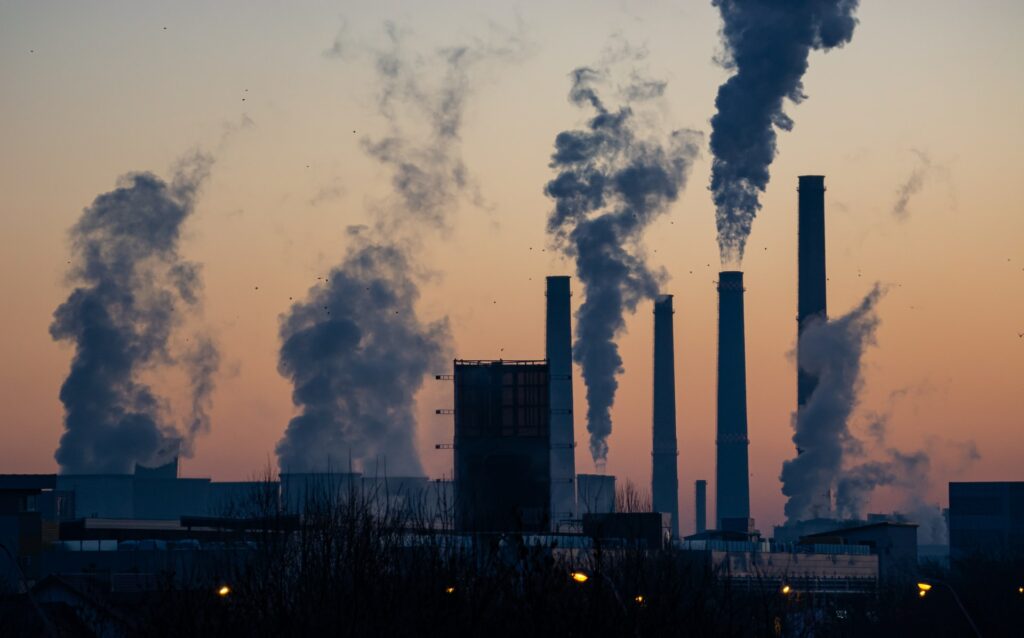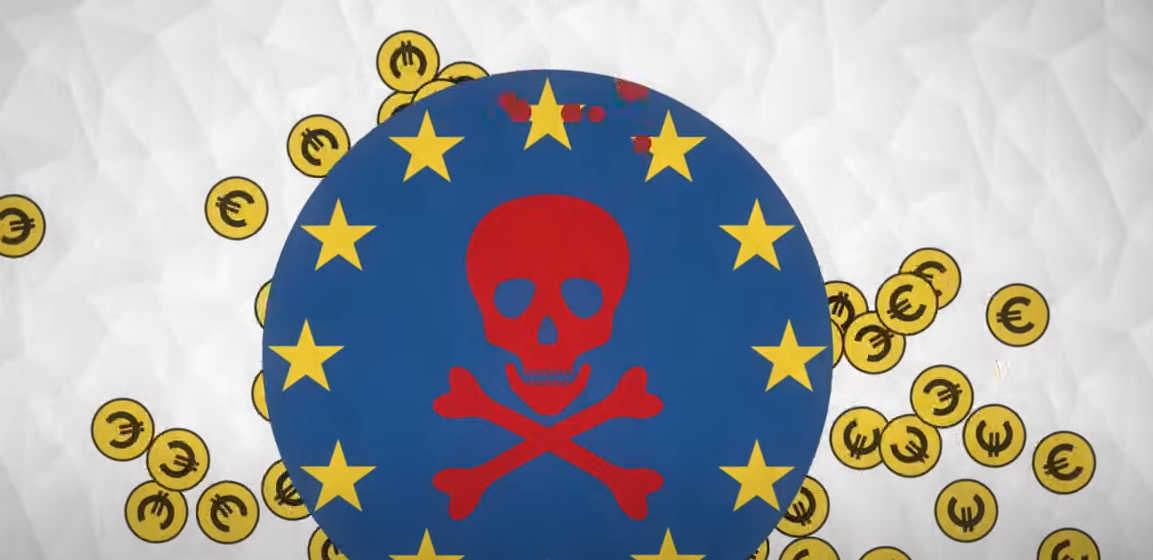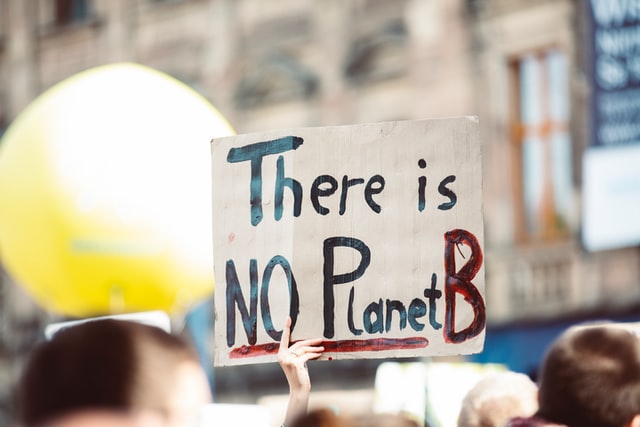Share Twitter Facebook Email Copy URL
Last October the Human Rights Council recognized the right to a clean, healthy and sustainable environment. The Human Rights Council’s recognition of the right crystallizes decades of discussion and normative developments on the integration between human rights and the environment. At the same time, it serves as a springboard to push for transformative economic, social and environmental policies that will protect people and nature.
The right to a clean, healthy and sustainable environment includes a non-toxic environment where people can live, work, study and play. However, the world is plagued by unconscionable environmental injustices that expose people and environments to extreme levels of pollution and toxic contamination and this results in serious health hazards and environmental degradation. The implementation of the right is needed today more than ever.
The right to a toxic free environment calls for systemic and transformative changes to environmental law, requiring states and businesses to vigorously pursue zero pollution and the elimination of toxic substances, rather than merely trying to minimize, reduce and mitigate exposure to these hazards.
We must reverse the current trajectories of environmental destruction and toxification, and employing a human rights-based approach can help us do this. In addition, preventing exposure to toxic substances is vital to fulfilling many Sustainable Development Goals, including those related to health (Goal 3), clean water (Goal 6) and sustainable consumption and production (Goal 12).
Pervasive pollution and toxic contamination of people and the planet
Pollution and toxic substances have a disproportionately negative impact on human health, human rights, and environmental integrity. However, these monumental impacts are largely disregarded. One in six deaths in the world involves diseases caused by pollution, three times more than deaths from AIDS, malaria and tuberculosis combined and 15 times more than from all wars, murders and other forms of violence.
The toxification of planet Earth is intensifying. The overall production, use and disposal of hazardous chemicals continues to increase rapidly. Hundreds of millions of tons of toxic substances are released into air, water and soil annually. The result of this growth will be an increased exposure and worsening health and environmental impacts unless ambitious, urgent and worldwide collaborative action is taken by all stakeholders and in all countries.
Although an extensive body of international law and several voluntary instruments adopted by international organizations address pollution and toxic substances, their effectiveness is undermined by many major gaps and weaknesses, including; the fact that none of them mention human rights, the vast majority of toxic substances are not controlled, few nations are fulfilling all of their obligations, and many instruments lack adequate enforcement tools.

Environmental injustices and sacrifice zones
Environmental injustices arise from the disproportionate exposure of communities of color and the poor to pollution, and the concomitant effects on health and environment. They also arise from the unequal environmental protection and environmental quality provided through laws, regulations, governmental programs, enforcement, and policies.
Many environmental injustices are transnational, and even global, with consumption in wealthy States resulting in severe impacts on health, ecosystems and human rights in other States. High-income States continue to irresponsibly export hazardous materials such as pesticides, plastic waste, electronic waste, used oil and derelict vehicles, along with the associated health and environmental risks, to low- and middle-income countries, taking advantage of the fact that these countries often have weaker regulations and limited enforcement.
Also, poor, vulnerable and marginalized communities are less likely to enjoy access to environmental information, to participate in decision-making related to the environment or to have access to justice and effective remedies when their rights are jeopardized or violated by pollution and toxic chemicals.
A sacrifice zone refers to a place where residents suffer devastating physical and mental health consequences and human rights violations as a result of living in pollution hotspots and heavily contaminated areas.
The most heavily polluting and hazardous facilities, including open-pit mines, smelters, petroleum refineries, chemical plants, coal-fired power stations, oil and gas fields, steel plants, garbage dumps and hazardous waste incinerators, as well as clusters of these facilities, tend to be located in close proximity to poor and marginalized communities.
Sacrifice zones are often created through the collusion of governments and businesses, and they harm the interests of present and future generations. The people who inhabit sacrifice zones are often exploited, traumatized and stigmatized. They are treated as disposable, their voices ignored, their presence excluded from decision-making processes and their dignity and human rights trampled upon. Sacrifice zones exist in both developed and developing nations worldwide.
Human rights obligations related to pervasive pollution and toxic substances
The recent recognition of the right to a clean, healthy and sustainable environment should mark a turning point in society’s approach to managing pollution and toxic substances. From a human rights perspective, achieving a non-toxic environment is a legally binding obligation rather than a policy option. As a corollary to the right to a clean, healthy and sustainable environment, States and businesses have a comprehensive suite of corresponding obligations and responsibilities which include:
- Prevention: States should enact measures to achieve zero pollution and zero waste, and businesses should rapidly and willingly change practices and products to achieve these outcomes
- Precaution: States should proactively prohibit substances that share certain characteristics including acute toxicity, bioaccumulation and persistence, as well as carcinogens, mutagens, neurotoxins and endocrine disrupting substances
- Non-discrimination: States should prevent creating new environmental injustices, avoid exacerbating existing situations of environmental injustice, and take steps with special urgency to improve environmental quality and human health in sacrifice zones
- Non-Regression: States should adopt science-based standards for pollution and toxic substances, based on international guidance, strengthening these standards over time to reflect scientific advances
- Special duties towards vulnerable populations: States should give special attention to vulnerable or marginalized groups whose rights are, or could be, jeopardized by pervasive pollution and toxic contamination
Implementation of the right to a clean, healthy and sustainable environment
After decades of recognition at the regional and national levels, there is a substantial track record of implementation of the right to a clean, healthy and sustainable environment by national human rights institutions, regional courts and tribunals and national courts in cases involving pollution and toxic substances. Those in Chile, Colombia, Costa Rica, Croatia, France, Hungary, India, Kenya, Mexico, Norway, the Philippines and South Africa, among others, have been active in addressing threats to people’s right to a healthy and non-toxic environment. Their efforts illustrate the potential for the right to a clean, healthy and sustainable environment to be used to prevent and rehabilitate sacrifice zones and environmental injustices.
A number of states and organizations have taken steps to ensure both the prevention of future environmental injustices and the remediation of past and current ones. There is a compelling economic case for eliminating pollution and exposure to toxic substances. For example, air pollution costs 330 billion to 940 billion euros annually in the European Union, including lost workdays, health-care costs, crop-yield losses and damage to buildings, whereas measures to improve air quality cost an estimated 70 billion to 80 billion euros annually.
Conclusions
Current techniques to manage the risks of pollution and toxic substances are clearly failing, resulting in widespread violations of the right to a clean, healthy, and sustainable environment. This has resulted in environmental degradation, premature deaths and poor health for billions of people, revealing a systematic denial of dignity and human rights. The substantive obligations arising from the right to a non-toxic environment necessitate immediate and bold action to detoxify people’s bodies and the environment. Toxic exposure must be avoided by eliminating pollution, terminating the use or release of hazardous substances, and rehabilitating contaminated communities. A human rights-based approach to preventing exposure to pollution and toxic chemicals could save millions of lives every year, while avoiding billions of illnesses.
Given humanity’s trajectory on toxics, climate change, and biodiversity loss, the planet is at risk of becoming a human sacrifice zone. But the transformative potential of the right to a toxic free environment can help us keep our planet habitable.
Marcos Orellana is the UN Special Rapporteur on Toxics and Human Rights. David Boyd is the UN Special Rapporteur on Human Rights and the Environment.



